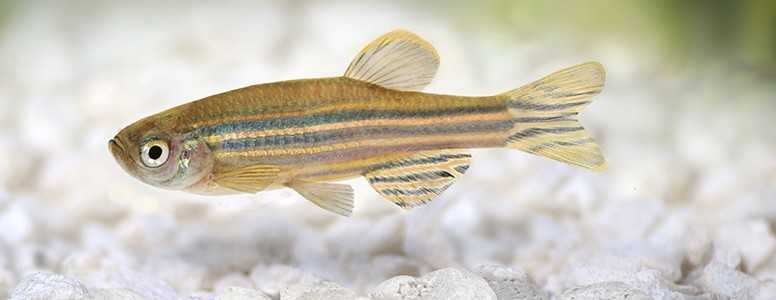New ways of diagnosing babies with type 1 diabetes using genetic testing are leading to significant improvements, according to new research.
The study, conducted by researchers from the University of Exeter, suggests that similar genetic tests could be used to diagnose other conditions, too.
Ten years ago, screening babies for type 1 diabetes using genetic testing took more than four years; today, the process takes less than two months. Breakthroughs in genetic testing allow the screening of all 22 possible genetic causes at once; ten years ago, the genes could only be tested one at a time.
Being able to diagnose type 1 diabetes so early makes it easier for doctors to work out how best to treat the baby. It also allows them to provide information to the baby’s parents so that they are best-equipped to take care of their child’s type 1 diabetes.
In the 10 years over which the study conducted, the researchers noted that the rapid improvements in genetic testing have made it much easier to treat some of the rarer forms of type 1 diabetes.
“In the last decade, we have shown that making a precise diagnosis from genetic testing results in improved treatment, and hence we now get samples soon after diabetes is diagnosed from patients throughout the world,” said Professor Andrew Hattersley, of the University of Exeter Medical School.
“Now the ability to test all genes in a single test means we are able to accurately inform patients and their doctors – not just about the best treatment but also about likely medical problems before they have started.
“This means doctors can start to develop treatment to either prevent or improve these problems.
“In the past, genetics has been used to confirm a diagnosis and that often took years. Now genetics is being used to give an early, precise diagnosis – this changes how healthcare is practiced, and will be seen in many areas in medicine in the future.”
The research was published in The Lancet.
What's new on the forum? ⭐️
Get our free newsletters
Stay up to date with the latest news, research and breakthroughs.





